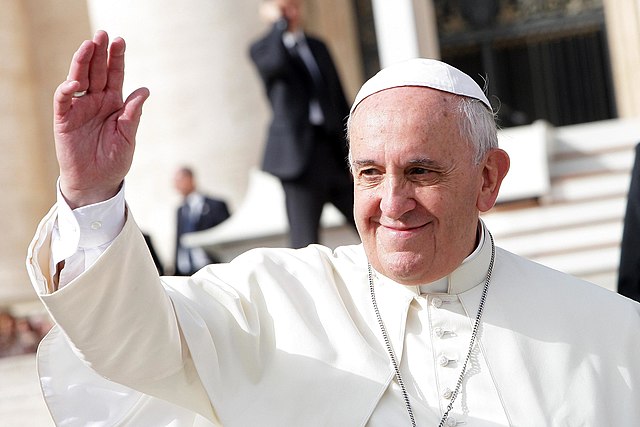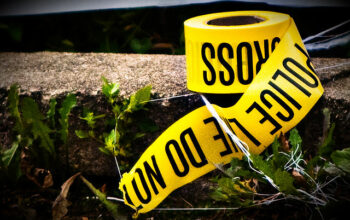Venice has always been a place of contrasts, of breathtaking beauty and devastating fragility, where history, religion, art and nature have collided over the centuries to produce an otherworldly gem of a city. But even for a place that prides itself on its culture of unusual encounters, Pope Francis’ visit Sunday stood out.
Francis traveled to the lagoon city to visit the Holy See’s pavilion at the Biennale contemporary art show and meet with the people who created it. But because the Vatican decided to mount its exhibit in Venice’s women’s prison, and invited inmates to collaborate with the artists, the whole project assumed a far more complex meaning, touching on Francis’ belief in the power of art to uplift and unite, and of the need to give hope and solidarity to society’s most marginalized.
Francis hit on both messages during his visit, which began in the courtyard of the Giudecca prison where he met with the women inmates one by one. As some of them wept, Francis urged them to use their time in prison as a chance for “moral and material rebirth.”
“Paradoxically, a stay in prison can mark the beginning of something new, through the rediscovery of the unsuspected beauty in us and in others, as symbolized by the artistic event you are hosting and the project to which you actively contribute,” Francis said.
Francis then met with Biennale artists in the prison chapel, decorated with an installation by Brazilian visual artist Sonia Gomes of objects dangling from the ceiling, meant to draw the viewer’s gaze upward. He urged the artists to embrace the Biennale’s theme this year “Strangers Everywhere,” to show solidarity with all those on the margins.
The Vatican exhibit has turned the Giudecca prison, a former convent for reformed prostitutes, into one of the must-see attractions of this year’s Biennale, even though to see it visitors must reserve in advance and go through a security check. It has become an unusual art world darling that greets visitors at the entrance with Maurizio Cattelan’s wall mural of two giant filthy feet, a work that recalls Caravaggio’s dirty feet or the feet that Francis washes each year in a Holy Thursday ritual that he routinely performs on prisoners.

















